Strawberry Begonia: The Ultimate Guide to Buy and Care
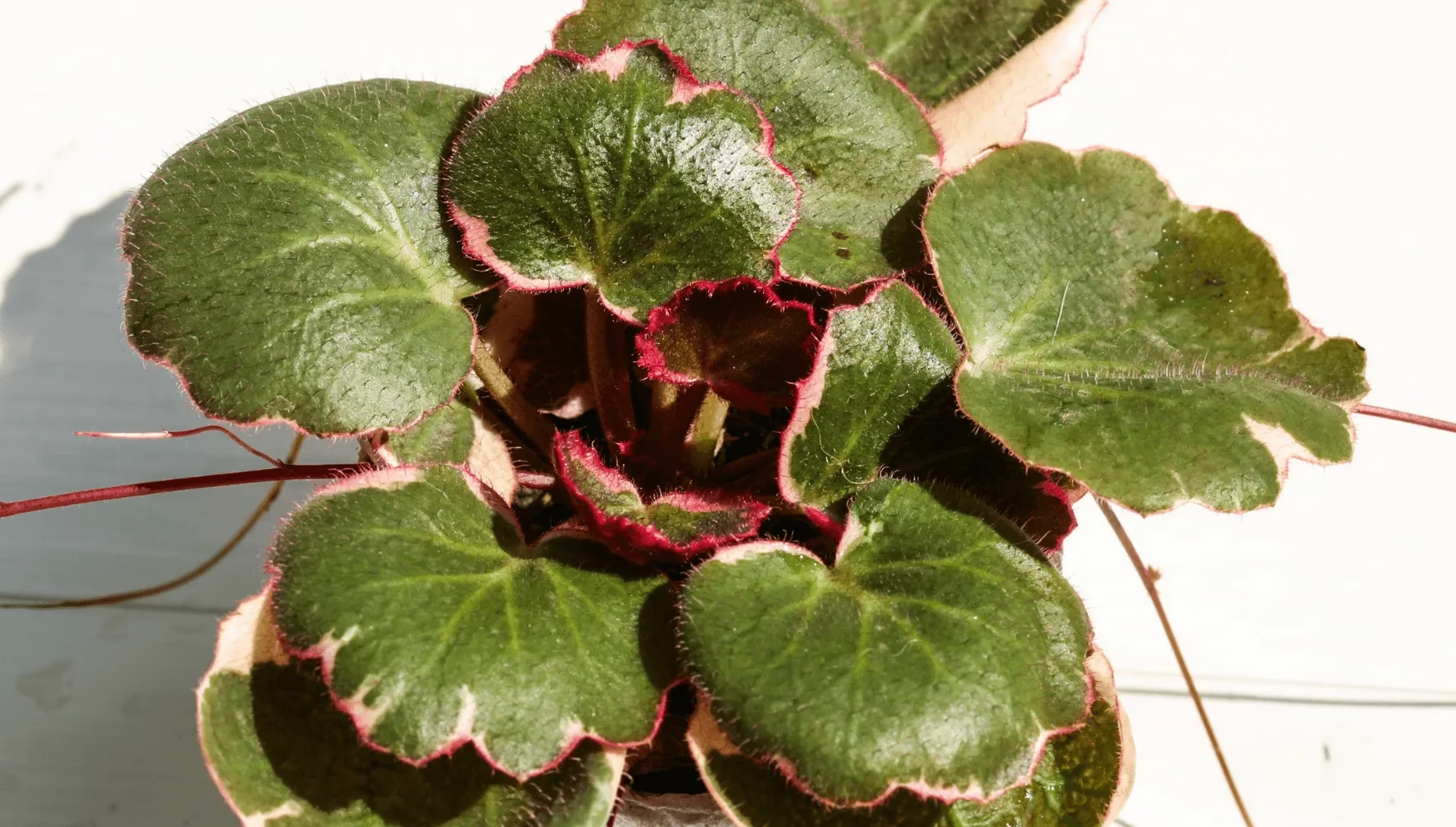
You see the Strawberry Begonia somewhere else and now you want to buy for your home but still looking for the good provider? Are you already have it but it is not looking as it deserve and losing its charm? Maybe the leaves are browning, curling, or just not growing like they used to—and you can’t figure out why. You’re not alone! Many plant lovers face these problems without even realizing what’s going wrong. But here’s the twist: small mistakes could slowly harm your plant. In this blog, we comes with some best Strawberry Begonia sellers on amazon and we wil go in detail of care tips like water, sun, humidity, and propagation with simple fixes that could save it. What you learn here might just bring your plant back to life.
Where to Buy the Strawberry Begonia Plant
The Strawberry Begonia (Saxifraga stolonifera) is a popular houseplant known for its fuzzy leaves and trailing runners that resemble strawberry vines. It’s a low-maintenance beauty that adds texture and charm to any space.
Strawberry Begonia plant for sale
Many Plant Lovers buy it fom the different market Places on their own choices. We scoured online marketplaces, focusing especially on Amazon, where a wide variety of sellers offer the Strawberry Begonia plant for sale. We carefully analyzed:
- Customer reviews and buyer photos
- Packaging quality and delivery conditions
- Return policies and seller responsiveness
- Product descriptions vs. actual plants received
After comparing multiple options and filtering through real user experiences, one seller consistently stood out in terms of quality, service, and plant health.
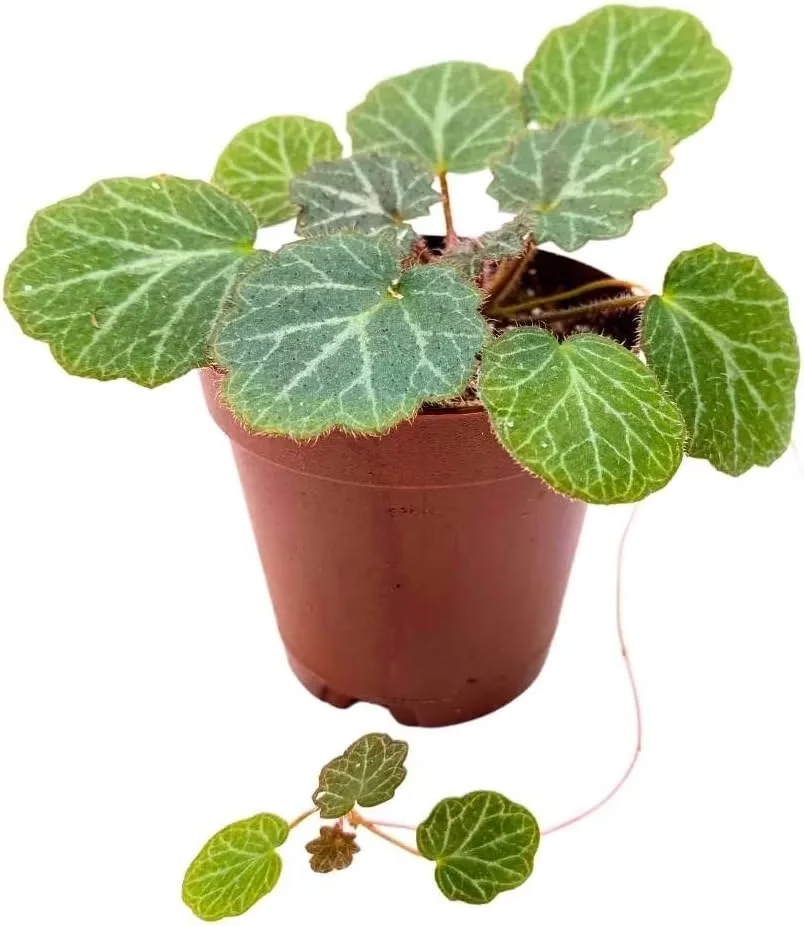
Strawberry Begonia 2 inch Saxifraga stolonifera Creeping Saxifrage Legacy Heritage Plant
complete guide to Care For Strawberry Begonia
Watering
Wait until the top 2 to 3 inches of soil feel dry before you water again. In warmer months, it may need more water, especially in bright light. But be careful: too much water can cause yellow leaves or root rot. Water from the bottom to keep the fuzzy leaves dry, and reduce watering in fall and winter when the plant is resting.
Humidity
Strawberry Begonia does fine in normal room humidity, but it enjoys a little extra moisture in the air. If your home is dry—especially near heaters—a humidity tray can help. Still, watering the soil is what matters most, since the plant drinks through its roots, not its leaves.
Fertilization
During spring and summer, feed your Strawberry Begonia once a month with a balanced houseplant fertilizer at half strength. Skip feeding in fall and winter. If you repot it yearly with fresh soil, extra fertilizer isn’t always needed—just make sure it gets enough light to grow strong!
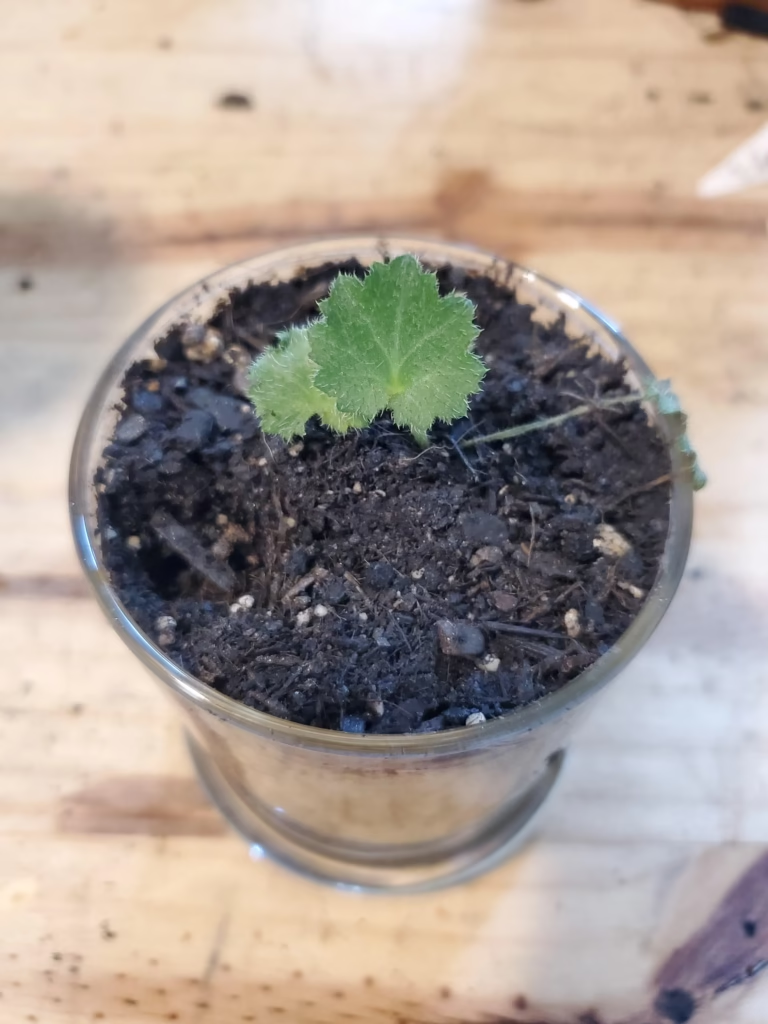
Light & Location
Place your Strawberry Begonia in bright, indirect light—too much sun can burn the leaves. A north or east-facing window is perfect. Keep it within 3 feet of a window so it gets enough light to stay healthy and avoid leaf drop or slow growth.
Ideal Temperature
Strawberry Begonias prefer cool, mild temperatures—between 50°F and 70°F (10°C–21°C) is best. Avoid hot spots or direct sunlight, especially if placing them outside in summer. Keep the humidity average and watch for dry leaves or pests when moving them indoors.
Best Soil
Strawberry Begonia grows best in well-draining, airy soil that holds some moisture. Mix regular potting soil with perlite or coco coir to improve drainage and keep the roots happy.
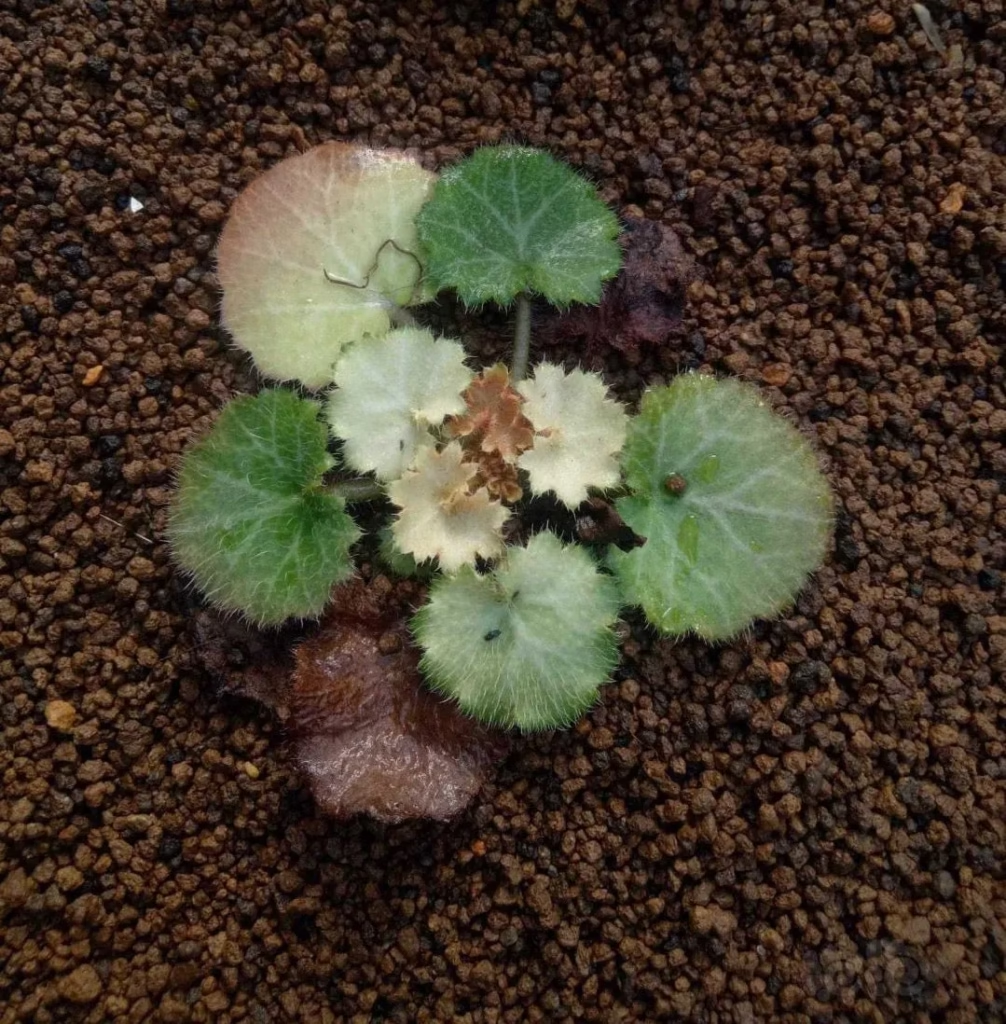
Flowering Time
Strawberry Begonia often blooms in late spring or early summer, showing off small white flowers with a hint of purple. Indoor plants may take a couple of years to flower, but with warmth and good care, you might see blooms a bit earlier!
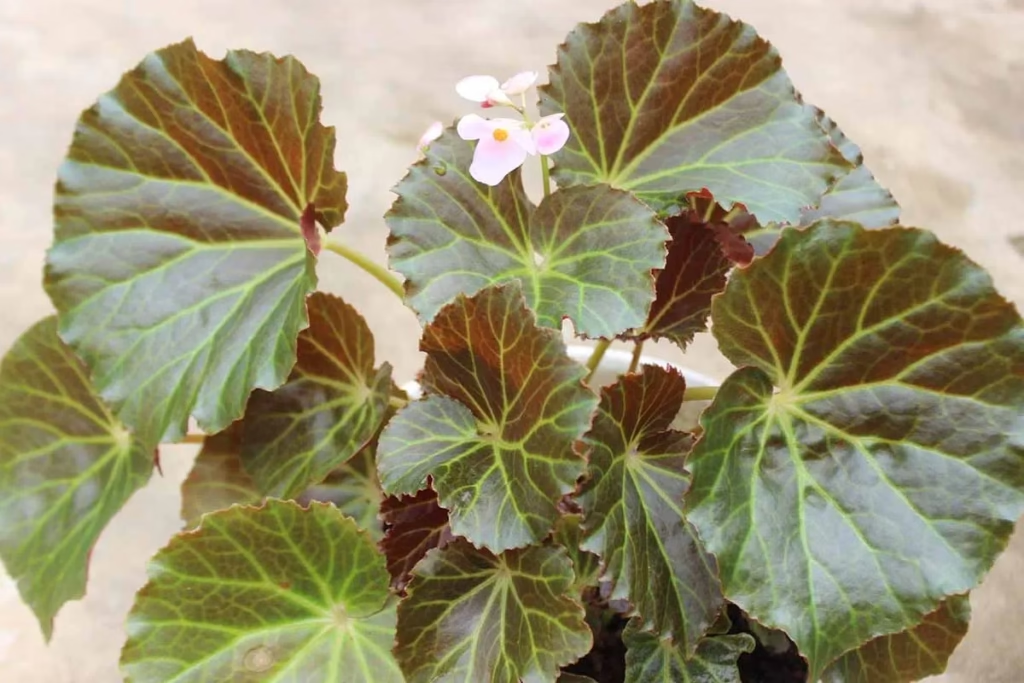
Toxicity Concern
Strawberry Begonia is generally safe for pets and humans. It’s not known to be toxic, but eating large amounts may cause mild symptoms like nausea or vomiting. If any part is accidentally eaten, it’s best to check with a doctor or vet just to be safe.
Propagate Your Strawberry Begonia
The easiest way to grow new Strawberry Begonias is by planting the baby plantlets that form at the ends of runners. Wait until they have a few leaves, then snip and place them in water until roots appear. You can also divide the plant during repotting—just gently separate the roots and replant in fresh soil. Both methods work great—just be gentle with the roots and avoid direct sunlight while they settle in.
Pests & Diseases
Strawberry Begonia is usually pest-resistant, but sometimes spider mites, aphids, or mealybugs may show up. Use a gentle insecticidal soap if needed. To prevent fungal diseases, always water from the bottom and keep the fuzzy leaves dry. Avoid overwatering to protect against root rot and other issues.
Conclusion
Strawberry Begonia is a lovely plant that’s easy to care for and perfect for any space. Its heart-shaped leaves and soft colors make it a beautiful addition to your home. With just a little attention to light, water, and soil, your plant will stay happy and healthy. Whether you’re new to plants or already a plant lover, Strawberry Begonia is a great choice to brighten up your space.


